In the space of internal combustion engines, few things capture the imagination of car enthusiasts quite like a supercharger. It’s the mechanical equivalent of strapping a rocket to an engine—forcing more air in, generating more power out, and transforming ordinary engines into torque-heavy monsters.
Superchargers deliver near-instant power across the rev range, producing that visceral rush many crave. Whether it’s the roots-style blowers of classic American muscle or the modern twin-screw units found in European high-performance sedans, supercharging promises a bold blend of force and finesse.
But with great power often comes great compromise. The question isn’t just how much horsepower an engine can produce—it’s how well it holds up under that boost over time. Forced induction places enormous stress on an engine’s internals, cooling system, fuel delivery components, and even its very architecture.
When automakers engineer engines specifically for boost, the results can be spectacular: reliable, thrilling, and surprisingly refined. But when a supercharger is added without the foundational engineering to support it—or when cost-cutting, tuning limitations, or mechanical shortcuts come into play, reliability quickly becomes an afterthought.
Overheating, detonation, oil starvation, and premature wear can turn dream cars into driveway decor. This article explores ten well-known supercharged engines—five that have earned reputations for durability and five that, for various reasons, haven’t lived up to their performance promise. The goal isn’t to diminish innovation or dismiss the thrill of a boost.
Rather, it’s to provide insight for enthusiasts, shoppers, and tuners alike into what makes a supercharged engine last—and what makes one fail. These stories are told not just through manufacturer spec sheets, but through thousands of real-world experiences, owner forums, dyno sheets, maintenance logs, and the collective memory of car culture.
Reliability in a supercharged engine comes down to a few key factors: internal strength (forged vs. cast components), thermal management (how well the engine handles increased heat), fuel system capacity, and, critically, how the engine is tuned from the factory.
Engines like Toyota’s 2GR-FE (with its factory TRD blower) or Mercedes’ legendary M113K are shining examples of how to do it right. These motors were designed with boost in mind, and their track records show it—lasting well over 150,000 miles with minimal internal wear, even in modified form.
On the other side of the spectrum are engines that either weren’t designed for boost or were let down by poor execution. Take the 1.6L supercharged engine in the R53 Mini Cooper S: full of charm but plagued by plastic cooling parts, heat soak, and chronic oil leaks.
Or the infamous Northstar V8, a notoriously high-maintenance engine made even more fragile when paired with an aftermarket blower. These engines may offer strong initial performance, but over time, they become headaches for their owners, often requiring extensive rebuilds or complete replacement long before they should.
It’s also important to consider how tuning and aftermarket upgrades affect the long-term viability of these engines. Many engines that fail under boost were never properly tuned or pushed beyond their safe operating limits without the necessary supporting modifications.
That’s why context matters. Some engines fail because of bad design, others because of unrealistic expectations. The best supercharged platforms allow for performance scaling—adding more power without dramatically shortening their lifespan.
So whether you’re a seasoned gearhead planning your next engine build, a performance enthusiast researching a used car purchase, or simply someone fascinated by the fine line between high-output power and long-term endurance, this article is for you.
In the following sections, we’ll dive deep into five supercharged engines that have proven their worth in the real world—and five that, despite their promise, just can’t go the distance.
Also Read: 5 Cars That Are Worth Detailing vs 5 That Aren’t Worth Cleaning
5 Supercharged Car Engines That Hold Up
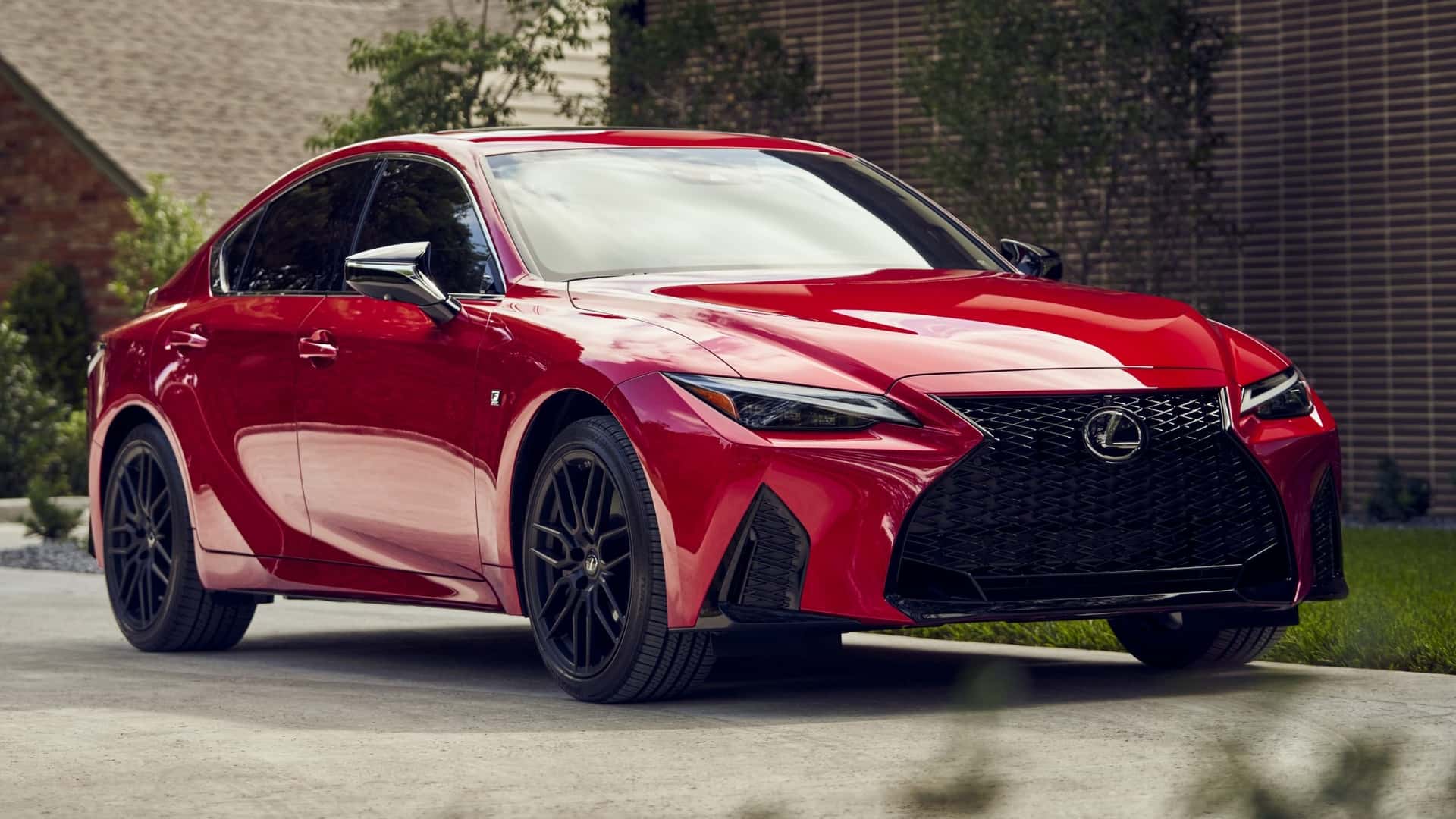
1. Toyota 2GR-FE Supercharged (TRD)
The Toyota 2GR-FE is a prime example of how a well-engineered base engine can thrive under boost. The 3.5L V6 is used across a wide range of Toyota and Lexus vehicles, and its architecture was designed with long-term durability in mind.
Features like dual VVT-i (variable valve timing) and a lightweight aluminum block paired with a forged steel crankshaft laid the groundwork for a powerplant that was both responsive and robust. When TRD (Toyota Racing Development) added a roots-type supercharger, it enhanced performance without compromising the engine’s inherent strength.
One of the critical aspects of the TRD supercharger kit is that it maintains a very manageable level of boost, usually around 6 psi. That’s low enough to avoid overstressing the stock internals but high enough to provide a substantial performance increase.
Unlike turbocharged setups that often spike under certain loads, the supercharger’s consistent boost curve results in smoother power delivery, which translates to lower long-term strain. This thoughtful approach by TRD is one reason the 2GR-FE holds up so well over time.
The oiling system, already quite good in the naturally aspirated version, handles the increased load well. The oil pump delivers consistent pressure, and many users report stable oil temperatures even after prolonged spirited driving. Similarly, Toyota’s cooling systems are famously overbuilt.
In TRD-supercharged vehicles like the Tacoma, the stock radiator and fans often suffice unless the vehicle is being used for heavy towing or track use. With only modest upgrades, these engines can be nearly bulletproof.
From a driving perspective, the engine feels balanced and responsive. The addition of the supercharger eliminates the mid-range flat spot present in the NA version, making the powerband far more linear. Torque is delivered in abundance across the rev range, which enhances drivability in both urban settings and highway pulls.
Importantly, drivability remains OEM-like—no surging, no odd fuel trims, and cold-start behavior remains flawless. That’s a major achievement, especially compared to many aftermarket kits.
Owners frequently report reaching 150,000 to 200,000 miles with only routine maintenance. Forums are filled with stories of TRD-supercharged 2GRs being used for everything from off-road overlanding to track days with zero engine failures.
The consistency of positive owner experiences, coupled with Toyota’s conservative engineering approach, makes this one of the most trustworthy supercharged platforms available today.
Perhaps what’s most impressive is the adaptability. Whether dropped into a luxury Lexus sedan, a sporty Lotus, or a rugged Tacoma, the supercharged 2GR-FE performs reliably across all use cases.
It’s a versatile, well-thought-out engine that proves you don’t have to sacrifice durability for performance. Toyota didn’t reinvent the wheel—they just made it spin a lot faster, and more reliably.
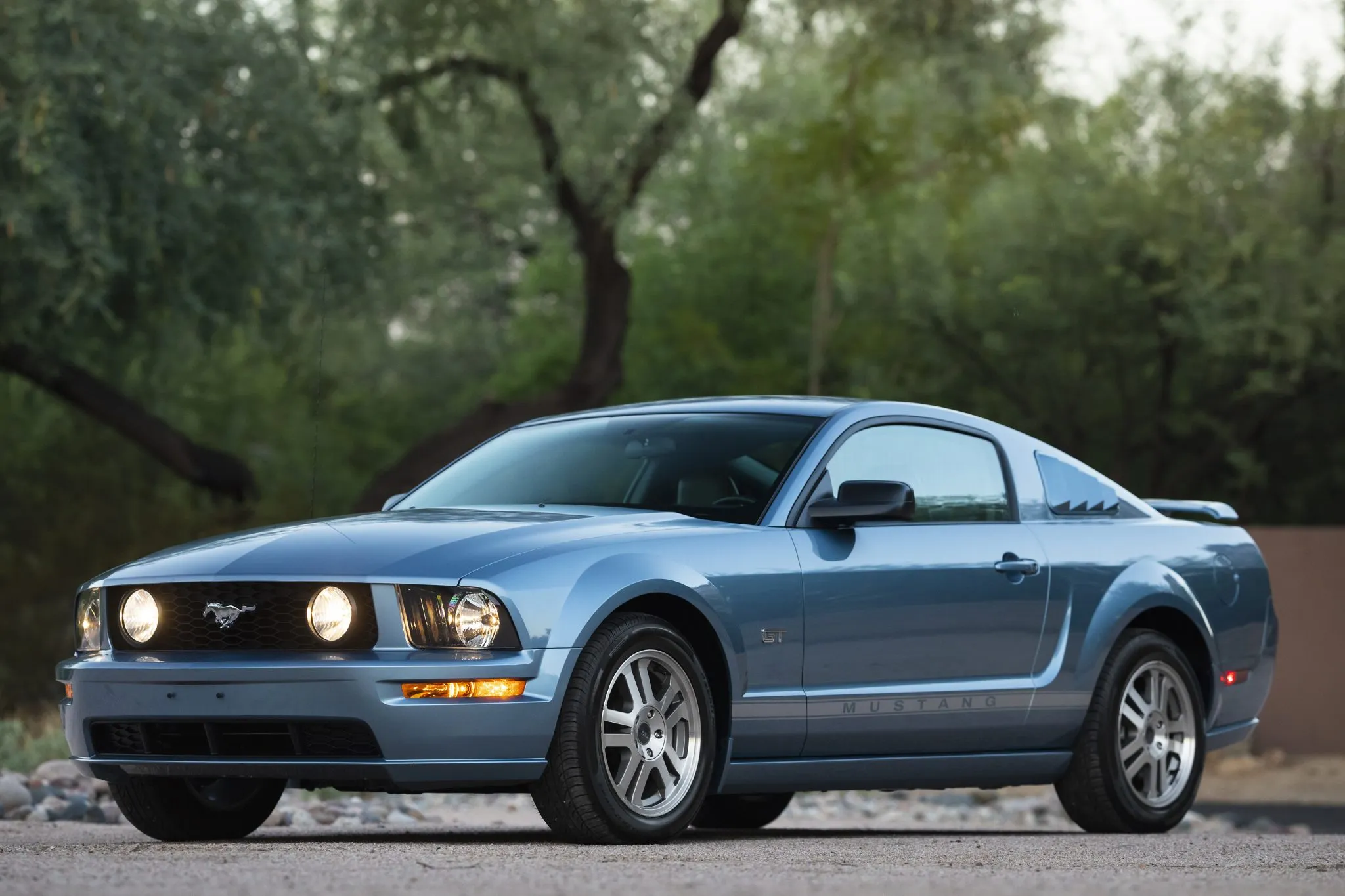
2. Ford 5.4L Supercharged V8 (GT500, Ford GT)
Ford’s 5.4L Supercharged V8 is a legendary performance engine. Introduced in the 2005 Ford GT and later used in the 2007–2012 Shelby GT500, this motor wasn’t just about brute force—it was about staying alive while delivering that force consistently.
Unlike the standard 5.4 Modular V8 used in trucks, the performance version featured forged internals, a high-efficiency Eaton supercharger, and superior cooling systems. All these elements combined to create a supercharged engine that could take a pounding without breaking a sweat.
One of the unsung heroes of this engine is its forged rotating assembly. With a forged steel crankshaft, forged connecting rods, and forged aluminum pistons, the engine was purpose-built for high-output performance.
The compression ratio was kept low (typically around 8.4:1), allowing it to safely run higher boost without risking detonation. This is part of why it became such a favorite in the tuning community. Whether you’re pushing 600 or 800 horsepower, the internals are usually up for the task with minimal upgrades.
The engine’s iron block might be heavier than its aluminum counterparts, but it adds to the strength and rigidity, especially under high boost. In the Ford GT, the engine received an aluminum block, making it lighter and more exotic. However, both variants are known for reliability when treated correctly
. Cooling, again, plays a massive role—intercoolers, oil coolers, and heat exchangers in these models were ahead of their time. Ford engineers knew heat was the enemy of longevity, and they tackled it aggressively.
The performance is as raw as it is refined. Throttle response is immediate, and the torque delivery is thunderous from the get-go. What sets this engine apart is how little strain it seems to show even under hard acceleration.
The GT500 can take multiple full-throttle pulls without suffering the heat-soak or timing pull issues common in many other forced induction setups. This kind of consistency is what makes it so beloved.
Owners and tuners alike speak highly of this engine’s potential. With just a pulley swap and tune, it’s possible to add 100+ horsepower. More importantly, the engine doesn’t need a bottom-end rebuild to handle the increase.
Stories abound of GT500s with well over 100,000 miles on the original block still running 700+ wheel horsepower. That kind of durability in a supercharged engine is rare and highly commendable.
The 5.4L SC V8 strikes a near-perfect balance between old-school muscle and modern reliability. It’s not the most refined engine by today’s standards, but what it lacks in polish, it more than makes up for in brute strength and dependability. In the ever-competitive world of forced induction, this engine continues to hold its own—and then some.
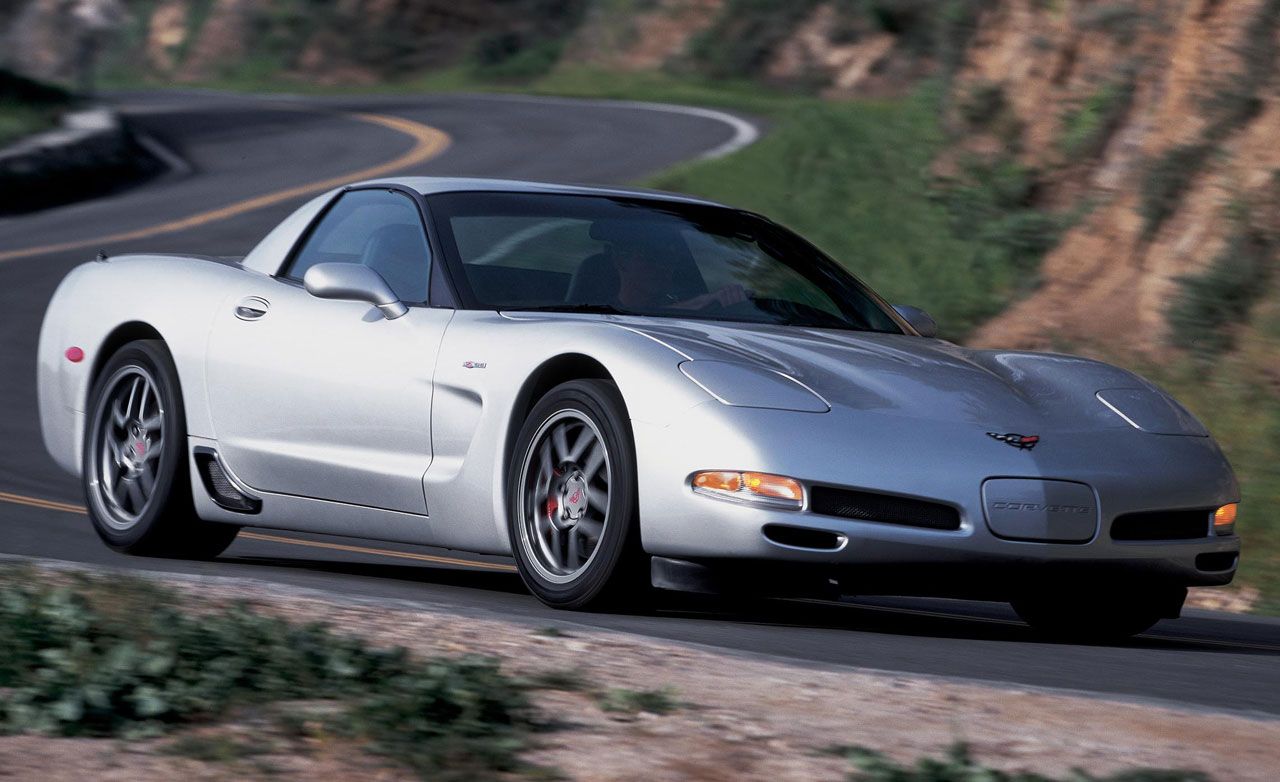
3. GM 6.2L LT4 Supercharged V8 (Corvette Z06, CTS-V)
The LT4 is a modern marvel from General Motors. Introduced in 2015 in the C7 Corvette Z06 and later used in the Camaro ZL1 and Cadillac CTS-V, this supercharged 6.2-liter V8 manages to combine extreme horsepower with daily-drivable civility. Generating over 640 horsepower and 650 lb-ft of torque, it does so with surprising grace—and even more surprisingly, with impressive longevity when maintained properly.
What makes the LT4 stand out isn’t just its raw power, but the engineering that allows it to sustain that output over time. The Eaton TVS R1740 supercharger is a fourth-generation design that provides 1.7 liters of displacement and 9.4 psi of boost.
It’s incredibly efficient, with a twisted rotor pack that minimizes heat generation and improves throttle response. GM also redesigned the charge air cooling system with a large intercooler that helps keep intake temps under control, even during sustained high-speed driving.
Internally, the LT4 is built to last. It uses forged aluminum pistons, titanium intake valves, and high-strength connecting rods. The bottom end is incredibly stout, and the direct injection system helps prevent detonation, even at high loads.
One of the most underappreciated elements of the LT4 is its oiling system. With a dry sump in Corvette applications and an upgraded wet sump in the Camaro and CTS-V, the engine maintains strong oil pressure under hard cornering and acceleration.
From a usability standpoint, the LT4 offers one of the best blends of street and track manners. It idles quietly, cruises comfortably, and yet responds instantly when asked to deliver performance.
For such a powerful engine, it’s shockingly manageable. Many owners daily drive their LT4-powered cars without experiencing overheating, misfires, or engine knocks—even in warm climates.
The engine has also earned a reputation in the aftermarket community. Tuners have reliably extracted over 800 horsepower with just a few bolt-ons and a good tune.
The fact that the stock internals can handle this level of performance without grenading is a testament to GM’s engineering. Unlike the older LS9, which had more cooling limitations, the LT4’s system is more robust and more consistent under load.
modern forced induction, few engines offer as much out of the box with as few compromises as the LT4. It’s a true performance juggernaut that doesn’t demand race-level maintenance or wallet-emptying repairs. For enthusiasts seeking maximum power with minimal stress, this engine delivers in spades.
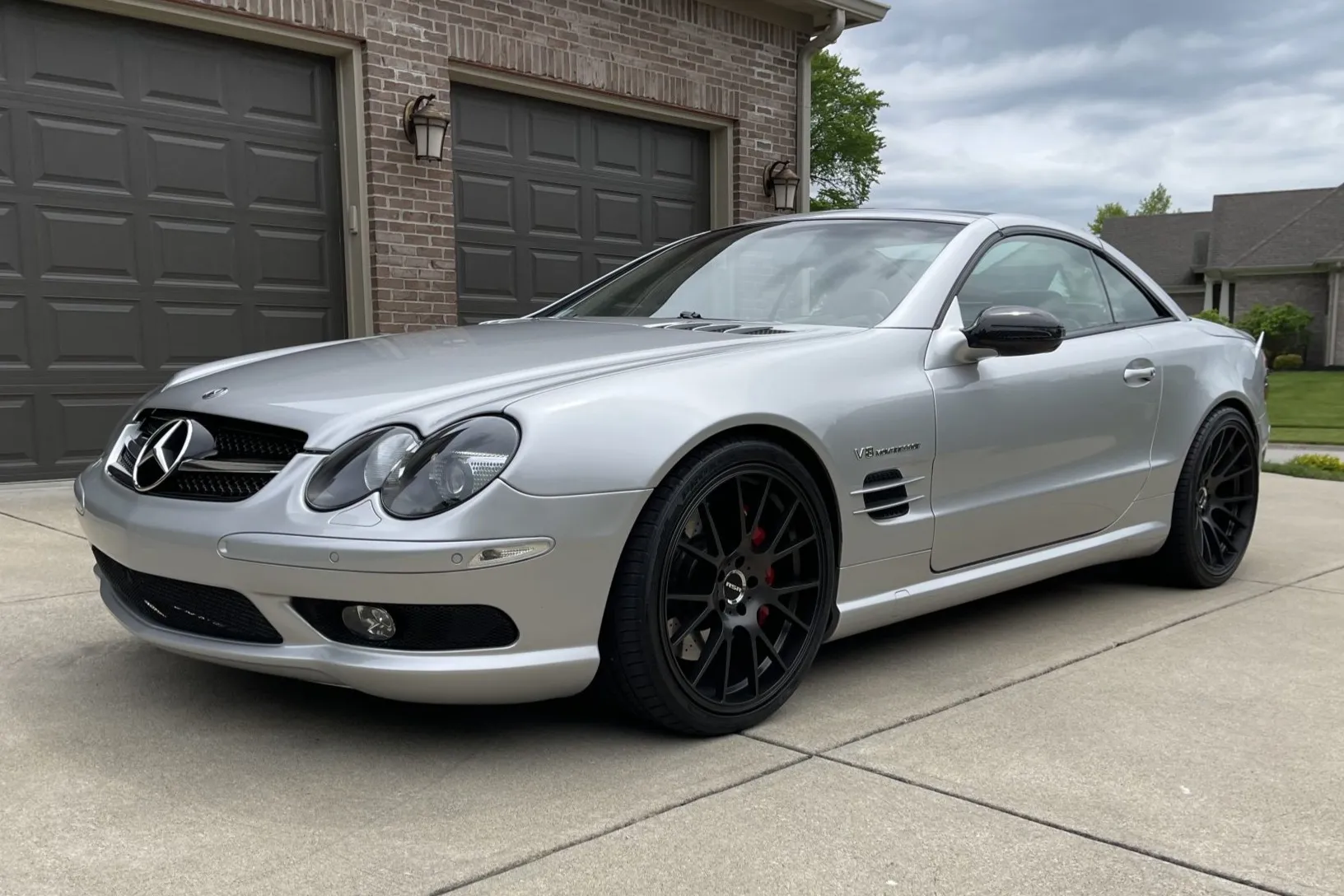
4. Mercedes-Benz M113K Supercharged V8 (AMG 55 Series)
The Mercedes M113K (Kompressor) 5.4L supercharged V8 is arguably one of AMG’s finest creations and a benchmark for reliable forced induction performance. Found in models like the E55 AMG, CLS55 AMG, and SL55 AMG from the early to mid-2000s, this engine masterfully combines power, sound, and resilience.
With over 470 horsepower and 500 lb-ft of torque out of the box, it delivers relentless acceleration—and perhaps more impressively, it manages to do so mile after mile without falling apart.
One of the key reasons the M113K holds up so well is its overbuilt internals. The engine features a beefy iron block, forged connecting rods, and strong pistons that were designed to take abuse. The twin-screw Lysholm supercharger—rare at the time for factory vehicles—produces around 11.6 psi of boost.
Yet thanks to conservative tuning and rock-solid engineering, the engine never feels like it’s on the edge. It’s not uncommon for M113K-powered AMGs to reach well over 200,000 miles with minimal internal work, a feat few performance engines can match.
Cooling, which is the Achilles’ heel of many boosted engines, is surprisingly effective in the M113K setup. Mercedes employed a water-to-air intercooler system integrated with a dedicated cooling circuit, ensuring stable intake temperatures even during prolonged acceleration.
Many owners add upgraded heat exchangers or larger intercooler pumps to further improve performance, but even in stock form, the engine does a great job of managing heat, critical for reliability.
Another standout feature is how well the M113K responds to modifications. A simple pulley upgrade, a better heat exchanger, and a tune can bump horsepower into the 550–600 range, without compromising engine longevity.
The engine management system from Bosch is robust and relatively tuner-friendly, and the drivetrain components, like the 5G-Tronic transmission, can handle the increased torque when maintained. It’s no wonder this engine is a favorite among tuners and AMG enthusiasts.
What truly sets the M113K apart, however, is its character. It combines the civility of a luxury car with the raw punch of a muscle car. The torque comes on low and hard, making freeway merges and track pulls equally exhilarating. Yet it’s just as content cruising silently in high gear. Few engines have such a dual personality—fewer still can do it with such long-term reliability.
forced induction, the M113K stands as a rare example of German engineering that not only performs exceptionally but does so without excessive fragility. It remains a cult favorite, and for good reason: it is one of the very few supercharged engines from the early 2000s that you can still drive daily with confidence today.
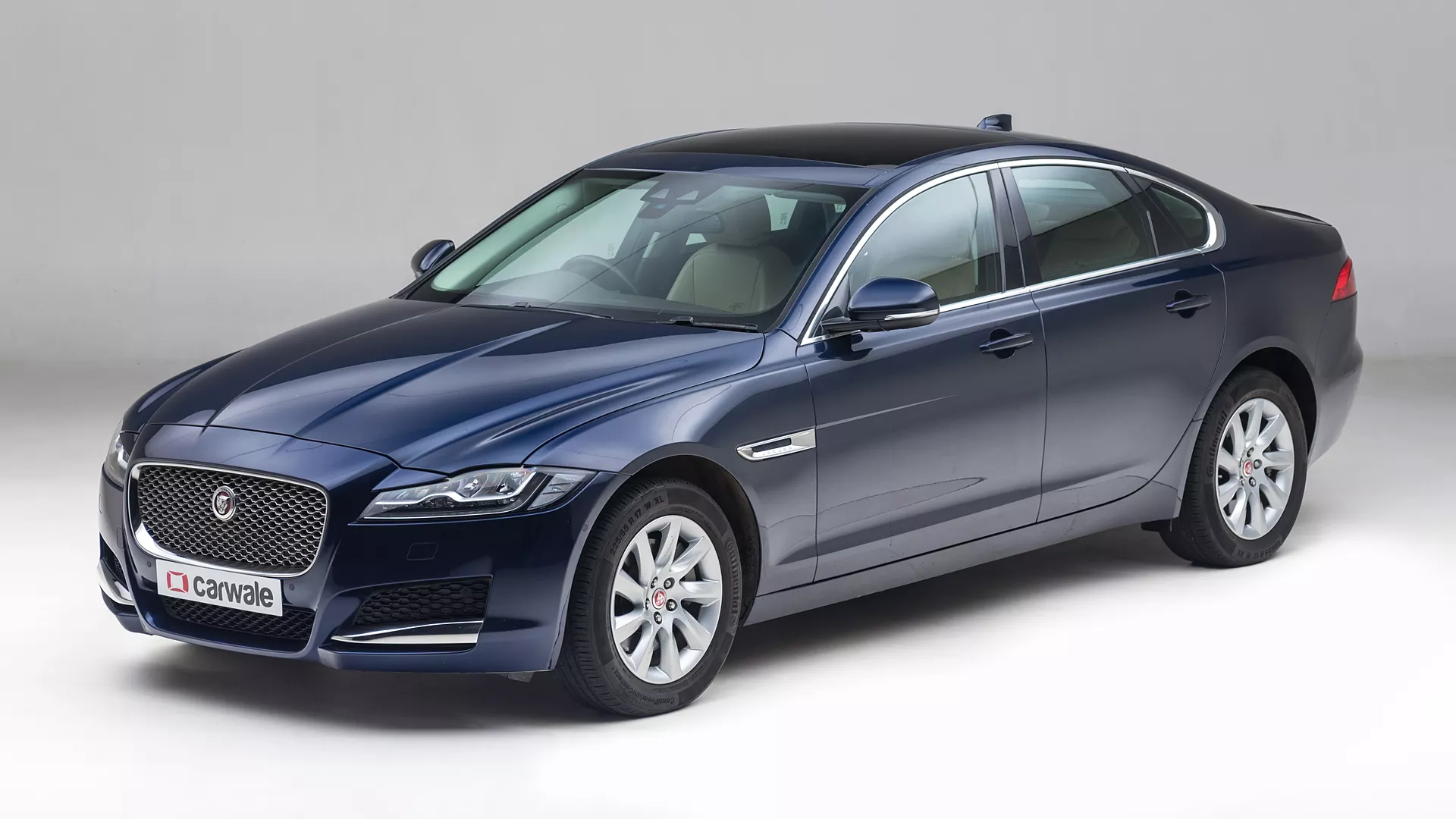
5. Jaguar 5.0L Supercharged V8 (AJ133)
Jaguar’s 5.0L supercharged V8, internally known as the AJ133, represents a dramatic leap forward in both performance and dependability for the brand. Found in models like the Jaguar XFR, F-Type R, XJ, and Range Rover Sport SVR, this powerplant delivers between 470 to 575 horsepower depending on the tune.
Yet despite this staggering output, the engine has proven to be a remarkably reliable performer, provided that its maintenance schedule is respected. The AJ133 is an all-aluminum engine with cast iron liners, direct injection, and a roots-style Eaton TVS supercharger.
Jaguar engineers put a strong emphasis on balancing power and thermal efficiency, employing high-capacity intercoolers and advanced cooling strategies to manage intake and coolant temperatures. These measures were necessary given the engine’s intended role as a luxury-performance mill capable of daily driving and track days alike.
What makes the AJ133 particularly durable is its robust internal construction. While not all components are forged, the engine features high-strength crankshafts, strong pistons, and a crankcase designed to withstand high RPM and heavy boost.
The engine is also relatively under-stressed in most applications, with Jaguar choosing conservative tuning parameters to ensure longevity. In SVR trim, the engine starts to show its full potential but still remains well within its mechanical limits.
Early AJ133s did suffer from timing chain tensioner issues and a few oil seal leaks, but Jaguar corrected these flaws in later models. When properly maintained, particularly with regular oil changes using the correct synthetic grade, the engine has proven to be incredibly robust.
Reports of these engines surpassing 150,000 miles with minimal intervention are increasingly common, especially from owners who avoid prolonged heat soak or tune without proper supporting modifications.
Enthusiasts praise the engine for its responsive throttle, brawny midrange torque, and unmistakable supercharger whine. It transforms any Jaguar or Land Rover into a ferocious machine while retaining the refinement expected of a luxury brand.
What’s more impressive is that the AJ133 doesn’t require a laundry list of aftermarket parts to remain reliable—it just needs consistent care and quality fluids.
For those seeking a luxury supercharged experience without the traditional British reliability woes, the AJ133 is a revelation. It blends modern forced induction engineering with surprisingly old-school toughness. It may not get as much attention as the German or American powerhouses, but in terms of holding up under stress, it earns a place among the best.
5 That Don’t
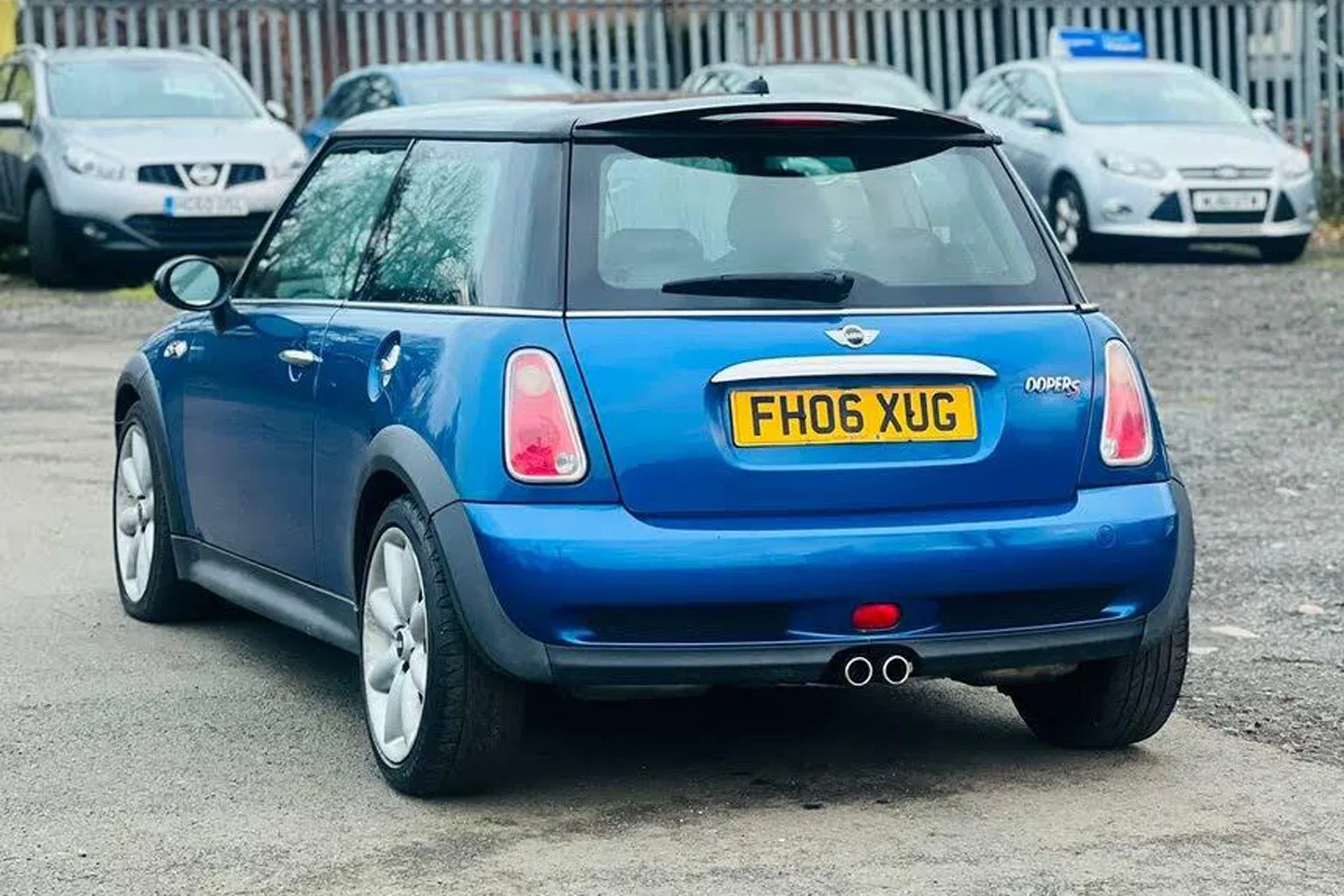
6. Mini Cooper S 1.6L Supercharged (R53)
The R53 Mini Cooper S is often remembered fondly for its playful handling and supercharged character. However, once the novelty of the whiny Eaton M45 supercharger wears off, many owners are faced with the grim reality of costly maintenance and frustrating engine-related issues.
Despite BMW’s engineering efforts, the Tritec 1.6L engine simply doesn’t deliver the long-term reliability expected of a modern forced induction powerplant.
One of the most common issues with this engine is the premature failure of the timing chain tensioner. A slack chain can result in catastrophic engine failure if it slips or jumps a tooth. The issue is worsened by the limited access within the engine bay, turning even routine maintenance into an expensive proposition.
Add the persistent oil leaks from valve cover gaskets and the notorious crankshaft seal issues, and you’re left with a high-maintenance engine in a budget-friendly car.
Another major concern is heat management. The supercharger sits tightly packed in a small bay with limited airflow, which often results in heat soak. The intercooling system is modest at best, leading to reduced performance in hot climates or after extended hard driving.
This heat also contributes to wear on plastic cooling system components, including the thermostat housing and radiator hoses, which become brittle over time and frequently fail. The supercharger itself isn’t immune to problems either.
While the Eaton M45 is generally durable, the coupler inside the unit often wears out, creating a loud rattling noise. Supercharger service or replacement is not cheap and usually requires significant labor. Combined with a belt system that’s overly complex and prone to misalignment, the engine quickly becomes more trouble than it’s worth as mileage increases.
When enthusiasts try to push the engine beyond stock power levels, things go south even faster. The Tritec engine does not handle increased boost well due to its high compression ratio and lack of forged internals.
Without substantial supporting upgrades, the risk of blown head gaskets, piston ring failure, or melted catalytic converters becomes alarmingly high. It’s not uncommon to see these engines fail shortly after tuning, especially if the vehicle already has over 100k miles.
Despite the Mini’s charming exterior and go-kart dynamics, the 1.6L supercharged R53 is a cautionary tale in under-engineered forced induction. It’s an engine that might be fun when it’s new, but it simply doesn’t hold up with age, especially if you’re not prepared to shell out premium dollars for upkeep on what’s supposed to be an affordable, sporty hatchback.
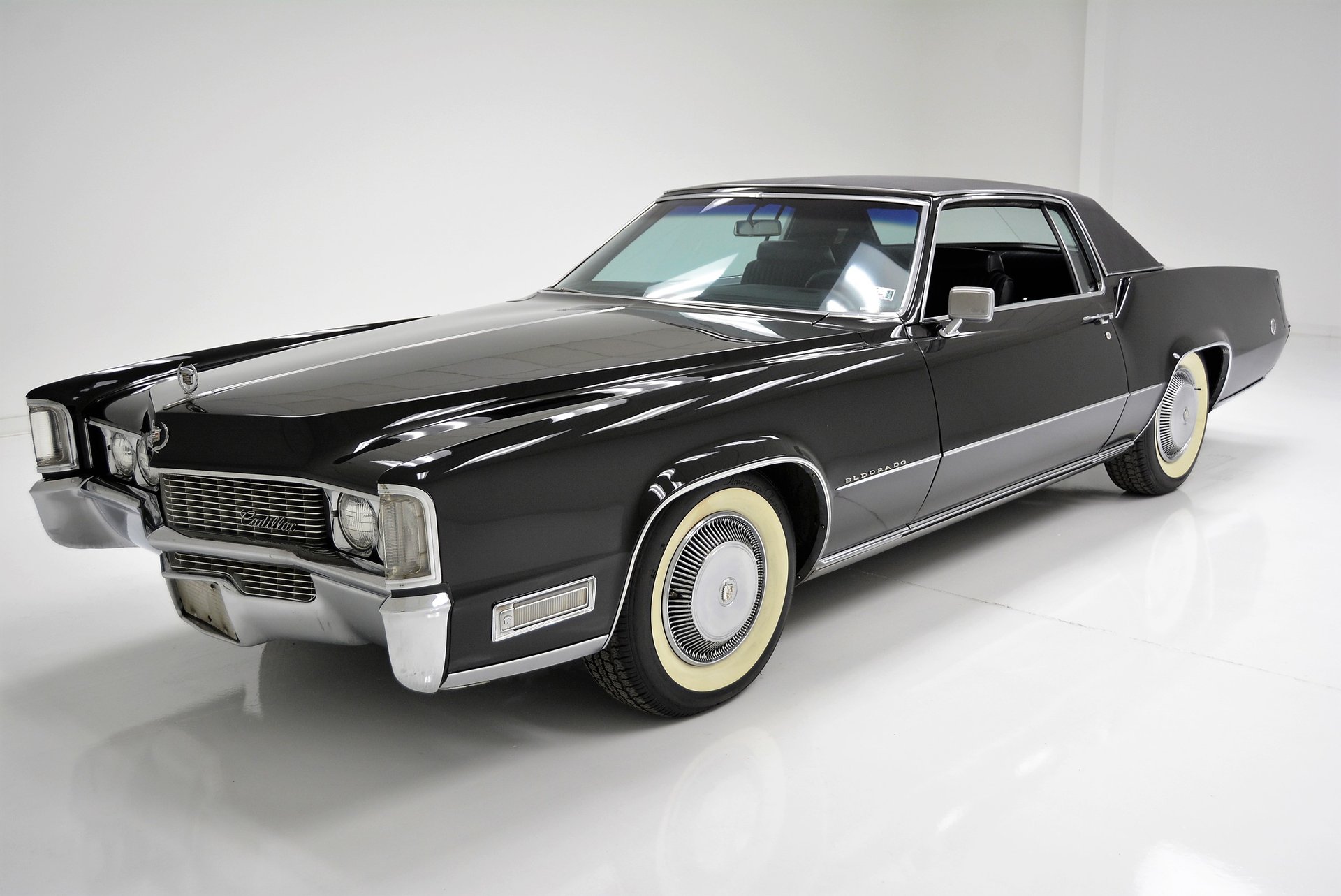
7. Cadillac Northstar Supercharged V8 (Custom Applications)
The Northstar V8 is infamous for being one of the most problematic high-performance engines GM ever produced. Designed with luxury and smoothness in mind, it was never built for boost.
Nevertheless, enthusiasts and custom builders have bolted superchargers onto this engine in hopes of extracting more performance. Unfortunately, this often leads to disaster, as the Northstar’s inherent design flaws are only magnified under forced induction.
The most well-known issue with the Northstar is its head bolt design. The aluminum block features threads that frequently strip, leading to head gasket failure. Under supercharged conditions, cylinder pressures spike significantly, causing head lift and immediate failure in engines that haven’t been properly reinforced.
Repairing this requires drilling and installing expensive “timesert” kits or swapping the engine entirely—an extremely labor-intensive and costly endeavor.
In stock form, the Northstar already runs hot due to its tight cooling passage design. When you add a supercharger, intake air temperatures skyrocket and place additional strain on the already taxed cooling system.
Many aftermarket builds neglect to address this properly, resulting in overheating issues during even modest driving. The stock radiator and fans are insufficient for the increased thermal load, particularly in front-wheel-drive layouts where airflow is compromised.
Oil consumption is another Achilles’ heel. Northstars are known to burn oil as they age, and under boost, the thin oil film that protects engine internals quickly breaks down.
Valve seals and piston rings degrade, leading to fouled plugs, clogged catalytic converters, and eventually, a complete breakdown of engine efficiency. Combined with an already temperamental PCM, tuning becomes a nightmare without standalone engine management.
Adding to the list of problems, the engine’s complexity means that repairs require deep technical knowledge and custom fabrication in many cases. Whether it’s re-routing belts to accommodate the blower or fabricating mounts for intercoolers, nothing is straightforward. For most owners, this becomes a money pit that never delivers consistent results, no matter how much is invested.
In theory, a supercharged Northstar could be an exotic, high-revving beast. In reality, it’s a fragile, high-maintenance platform that demands significant reinforcement and engineering expertise to avoid disaster. Unless you’re an experienced builder with deep pockets, this engine simply doesn’t hold up when you add boost.

8. Mercedes M272/M273 with Aftermarket Superchargers
Mercedes’ M272 and M273 engines were never intended to be supercharged. These naturally aspirated V6 and V8 engines powered a wide variety of models throughout the mid-2000s.
While adequate for luxury cruising, they lack the internal fortitude to handle forced induction, particularly from bolt-on supercharger kits that don’t integrate well with factory components. The result is an engine that seems promising on paper but quickly becomes a mechanical headache.
One of the first issues that crop up in these engines under boost is timing chain stretch. The plastic chain guides wear prematurely, even in NA form.
Add increased combustion pressures and RPMs from forced induction, and failure becomes inevitable. When the chain stretches or fails, it often leads to valve-to-piston contact and complete engine destruction. This alone should be a dealbreaker for most prospective modifiers.
Cooling is also a significant issue. The M272 and M273 have tight engine bays and limited airflow, making intercooler and oil cooler installation difficult.
Supercharged versions often suffer from excessive intake temperatures and oil breakdown, especially during spirited driving. Without major modifications to the cooling system, the engine runs on the edge of thermal failure, and once that happens, warped heads or seized pistons aren’t far behind.
Furthermore, these engines come with their own set of pre-existing weaknesses, including balance shaft wear (on early M272 models), electronic throttle problems, and intake manifold actuator failures.
Forced induction accelerates the degradation of these already vulnerable components. The crankcase ventilation system also can’t handle increased blow-by from boost, resulting in oil contamination and carbon buildup in the intake tract.
Aftermarket support for tuning these engines under boost is also limited. Factory ECUs are notoriously difficult to remap, and many piggyback systems cause driveability issues, including random misfires, limp mode activation, and transmission erratic behavior.
Even with custom tuning, fuel delivery becomes inadequate at higher boost levels, and the factory injectors and fuel pump often can’t keep up.
In short, while the idea of a sleeper supercharged Mercedes sedan may be appealing, the M272 and M273 are poor candidates. Without complete internal upgrades, a standalone ECU, and thousands in supporting mods, these engines simply don’t hold up under boost. They might shine in luxury and comfort, but when forced induction enters the equation, they fall apart—literally.
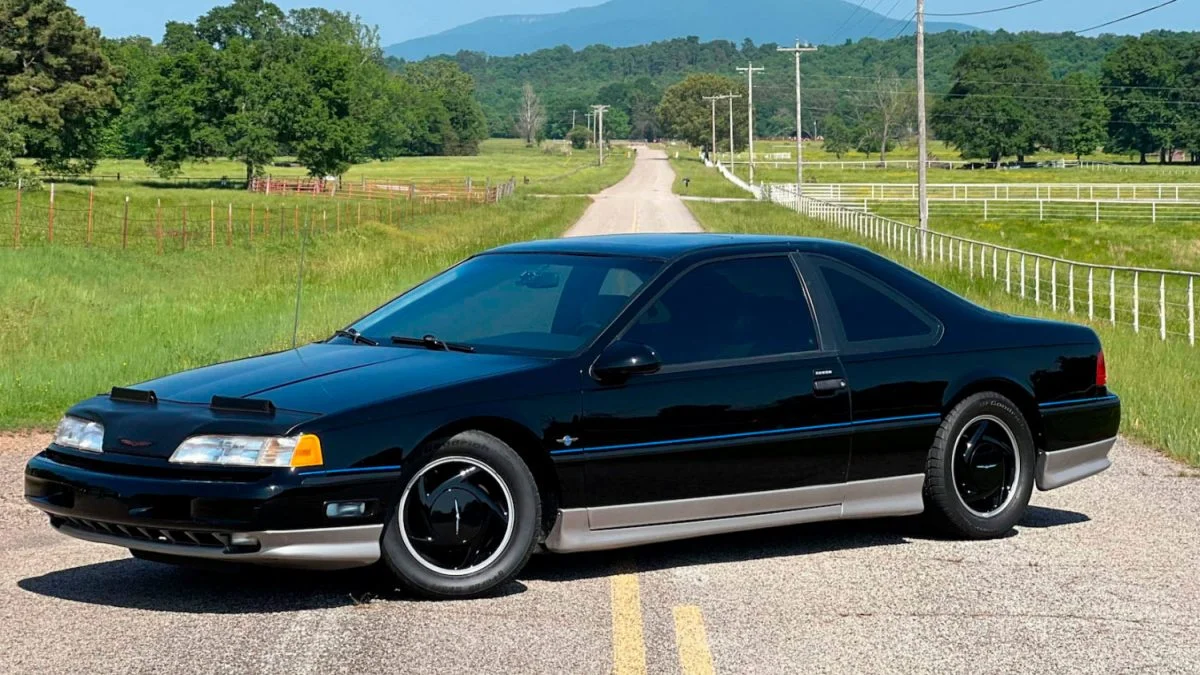
9. Ford 3.8L V6 Supercharged (Thunderbird SC)
The Ford Thunderbird Super Coupe (1989–1995) was a bold attempt at combining American muscle with European sophistication. Its supercharged 3.8L V6 produced decent power for the time, but the engine quickly became known for its fragility and maintenance demands. Despite having a roots-style blower and solid torque delivery, the motor struggled with durability and thermal management.
A primary issue with the engine is its tendency to blow head gaskets. Even in stock form, the cylinder head design and fastener layout caused uneven clamping force, leading to gasket failures, especially near the rear cylinders.
Under boost, this problem only worsened, with many owners reporting failures as early as 70,000 miles. Ford eventually updated the gasket design, but the damage to the engine’s reputation was done.
The supercharger itself was also problematic. The Eaton M90 worked well initially, but many units suffered from bearing wear and coupler degradation after repeated use.
Rebuilds were expensive and time-consuming, especially given the tight engine bay and complex belt routing. Performance tuning often exacerbated these problems, as higher boost levels created more stress on an already marginal design.
Cooling system weaknesses were another major flaw. The Thunderbird’s radiator and water pump often couldn’t handle the thermal load, leading to frequent overheating.
Many owners resorted to custom intercooler setups or secondary electric fans just to keep the engine running within safe limits. Without these upgrades, extended highway pulls or hot weather driving could easily push the engine into the danger zone.
The engine also lacked forged internals, making it susceptible to piston and rod failures when tuned beyond factory specs. Even with minor bolt-ons, detonation could occur due to limited knock control and high intake temperatures. Combined with Ford’s early EEC-IV engine management, which offered minimal real-time adjustment, tuning was difficult and risky.
While the Thunderbird SC was an ambitious project, the engine simply couldn’t handle the added complexity of forced induction over the long haul. It’s a car that’s aged poorly from a reliability standpoint, and the engine, once a selling point, is now more of a liability. For those considering a supercharged classic Ford, the 3.8L SC V6 is a hard pass.

10. Nissan VQ35DE with Aftermarket Superchargers
The Nissan VQ35DE has earned a solid reputation as a naturally aspirated workhorse, powering vehicles like the 350Z, G35, Maxima, and Altima. But when it comes to forced induction, especially via superchargers, the VQ35DE reveals its limits.
Many owners, tempted by relatively cheap centrifugal supercharger kits, have discovered the hard way that this engine doesn’t tolerate boost without significant investment.
The biggest issue lies in the VQ35DE’s high compression ratio—typically around 10.3:1. This makes the engine highly susceptible to detonation under even modest boost levels.
Unless the tuning is spot-on and high-octane fuel is used consistently, knock becomes a major issue. Add to that the engine’s aging knock sensor logic and limited timing adjustability, and you’ve got a recipe for failure.
Cooling is another major concern. The VQ already runs hot in NA trim. When a blower is added, intake temps soar and the factory radiator, fans, and oil cooler are no longer sufficient.
Prolonged spirited driving often results in high oil temps and heat soak. Without aftermarket upgrades, this heat contributes to piston ring wear, oil thinning, and accelerated timing chain tensioner degradation.
Oil consumption, already a known issue in the VQ family, worsens under boost. Many owners report that even well-maintained engines burn a quart every 1,000 miles. Add the strain of forced induction, and this increases dramatically. If left unchecked, low oil levels cause bottom-end failure, rod knock, or worse.
Fueling is also a limiting factor. The factory injectors and fuel pump cannot handle increased demand, leading to lean conditions and detonation. While fuel upgrades are possible, tuning options for the VQ35DE are more limited than for platforms like LS or K-series engines. Many supercharger kits rely on piggyback controllers that lack the fine control needed for reliability.
While the VQ35DE is an excellent NA engine, supercharging it without a full engine build is a dangerous game. Unless you’re willing to invest in forged internals, upgraded cooling, standalone engine management, and custom tuning, the engine just doesn’t hold up. It’s a clear case of performance potential being undermined by fundamental design limitations.
Also Read: 5 Cars With Used Pricing That’s Still Rising vs 5 That Are Crashing
In the high-octane universe of performance tuning, supercharging is often seen as the silver bullet: instant power, linear delivery, and throttle response that turns an ordinary car into a tire-shredding weapon.
But the reality, as this exploration has shown, is far more nuanced. Superchargers don’t exist in a vacuum. The success—or failure—of a supercharged engine is the result of a complex equation involving metallurgy, cooling design, ECU calibration, drivetrain pairing, and plain old common sense.
The engines that stand out as reliable—like the Toyota 2GR-FE TRD, Ford’s 5.4L GT500 monster, GM’s LT4, the M113K, and Jaguar’s AJ133—are all testaments to smart engineering. These aren’t just engines with blowers bolted on.
They’re purpose-built, or at the very least, thoroughly reinforced platforms designed to accommodate boost without folding under pressure. They exhibit traits that any strong supercharged engine should have: forged components (or at minimum, overbuilt castings), well-thought-out thermal management systems, and tuning that doesn’t walk too close to the edge.
Moreover, these reliable engines have demonstrated incredible versatility. Whether in street-driven sedans, weekend track cars, or luxury crossovers, they perform with poise and predictability. They respond well to mild tuning, maintain decent fuel economy under light load, and don’t demand exotic materials or hyper-specialized maintenance.
In many cases, they share their architecture with naturally aspirated siblings, yet shine under forced induction without dramatically increasing the complexity or cost of ownership.
Contrast that with the other side of the list—the engines that couldn’t hack it. The R53 Mini’s supercharged 1.6L motor, the aftermarket-boosted Northstar V8, and Nissan’s centrifugal-blown VQ35DE all reveal what happens when corners are cut or ambition exceeds capability.
These engines suffered not because the idea of supercharging was flawed, but because execution didn’t align with long-term reliability. Whether it was weak internals, poor thermal control, bad tuning support, or inherent design oversights, the result was the same: expensive, frustrating failures.
Many of the engines on the “Don’t Hold Up” list also share another unfortunate trait—they attract tuners hoping for big gains without big budgets. Bolt-on kits with minimal supporting upgrades often create more problems than performance.
In contrast, engines that do hold up often come with OEM-blessed modifications or have a clear upgrade path that doesn’t turn into an engineering nightmare. It’s not just about what the engine can do—it’s about what it was built to do, and how forgiving it is when you ask more of it.
Perhaps the greatest takeaway is that performance without durability is an illusion. It may look great on a dyno sheet or in a YouTube drag race, but what good is 600 horsepower if the engine needs a rebuild every 30,000 miles?
True performance is measured not just in power output, but in consistency, predictability, and how confidently you can push your car without watching the temperature gauge climb or hearing the dreaded knock of detonation.
Supercharging, when done right, is exhilarating. But when done wrong—or when applied to an engine that’s simply not up to the task—it becomes a ticking time bomb. As enthusiasts, the goal shouldn’t just be big numbers, but balanced builds that deliver power with peace of mind.
The engines on the “Hold Up” list show us that it’s possible to have both. The others remind us why it’s essential to do your homework before adding a boost.
In the end, the best supercharged engine is the one that doesn’t just start strong—it finishes strong. Choose wisely, and the boost won’t just be fast—it’ll be forever.
